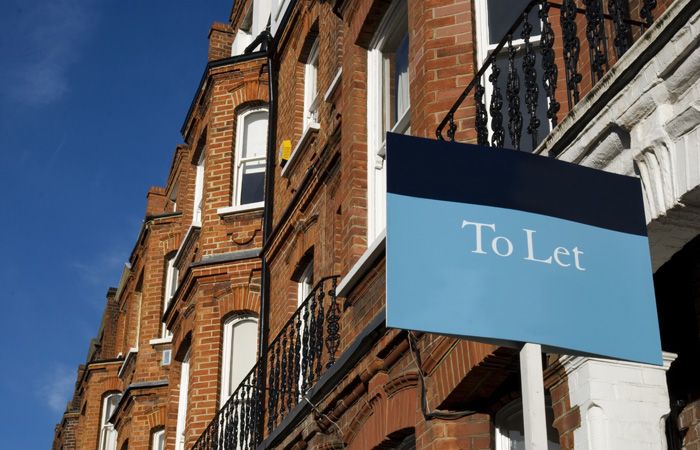
Landlords purchased more homes than they sold in the first three months of 2022, the highest proportion recorded in the first three months of any year since 2016, according to Hamptons.
Investors purchased 13.9% of homes sold across Great Britain, the highest since 2016 when it stood at 15.9% as landlords rushed to beat the introduction of the 3% stamp duty surcharge on second homes. The data also showed a 1.9% increase from the same period last year.
Data found that investors bought 42,980 homes across Great Britain during Q1 2022, which equated to £8.5bn worth of property and represented almost twice the figure recorded pre-Covid in Q1 2019 of £4.6bn.
Hamptons highlighted that the increase in buy-to-let (BTL) purchases could reverse the decline of the private rented sector which shrunk from a peak of 5.3m homes in 2017 to 5.0m last year.
The share of homes sold by investors fell from 14% in 2021 to 10% in Q1 2022, the lowest proportion in 10 years. The decline produced a net gain of 13,480 rental properties in Great Britain in Q1 2022, compared to a 7,640 net loss in Q1 2021.
There has also been an increase in investors looking to the highest yielding areas of the country to maximise their returns and hedge against inflation. In Q1 2022, 71% of investors bought in the 50% highest yielding areas of the country, up from 57% a decade ago.
Hamptons explained that the increase is why 73% of London-based landlords bought their BTLs outside the capital this year, where yields tend to be higher, an increase from the 24% 10 years ago.
The North East was the most popular location for BTL with investors purchasing 27.7% of homes sold in Q1 2022, double the share of first time buyers which equated to 12%.
With the region offering the highest gross yields in the country, it also saw the biggest year-on-year rise in BTL purchases, averaging 9.0% compared to 6.5% across England and Wales.
Middlesbrough topped the local authority list of BTL hotspots with 58% of homes sold in the area over the last six months being purchased by an investor. As the 13th highest yielding local authority in England and Wales, it has an average gross yield of 8.9%.
While Northern areas dominate the BTL purchase list, six Southern areas made it into the top 15, including London’s most affordable borough, Barking and Dagenham.
But with a lack of stock available to buy, investors are increasingly having to pay over the asking price. While landlords are known to negotiate hard, competition from other buyers has meant that so far this year 40% of investors have had to pay over the asking price for their new BTL.
The average investor is now paying over 100% of the asking price for a BTL in England and Wales, for the first time on Hampton’s records.
Hamptons head of research Aneisha Beveridge says: “Tax and regulatory changes have weighed heavily on the buy-to-let sector over the last five years causing more landlords to sell up at a time when fewer new entrants were looking to buy.”
“As a result, there are around 300k fewer privately rented homes in Great Britain today than at the peak of the sector in 2017. While we expect investors to continue purchasing at around the same rate over the course of 2022, it’s unlikely to be enough to make up for the full loss of rental homes during the last five years,” Beveridge explains.
For rental growth, the average cost of a new let in Great Britain rose to £1,115 pcm in Q1 2022, up 9.1% from its 2021 low of £1,022 pcm in March last year.
While the Q1 figure represented an increase after six months of cooling, Hamptons said it expects it to slow again in the coming months given how quickly rents picked up pace from April onwards last year.
Producing the strongest growth, rents in inner London averaged £2,571 pcm, up 21.3% year-on-year, but still equating to 3.7% less compared to figures in March 2019.
Outside London, the South West recorded the strongest rental growth at 14.9%.
Beveridge says: “A lack of rental homes is one of the reasons why rents have been rising at such pace over the last year. March set a new record for rental growth as rents bounced back from 2021 lockdown lows last March.”
“But as these new buy-to-let purchases begin to feed into the lettings market over the coming months, we expect to see rental growth cool, particularly as the cost of living crisis weighs on affordability too,” she adds.


